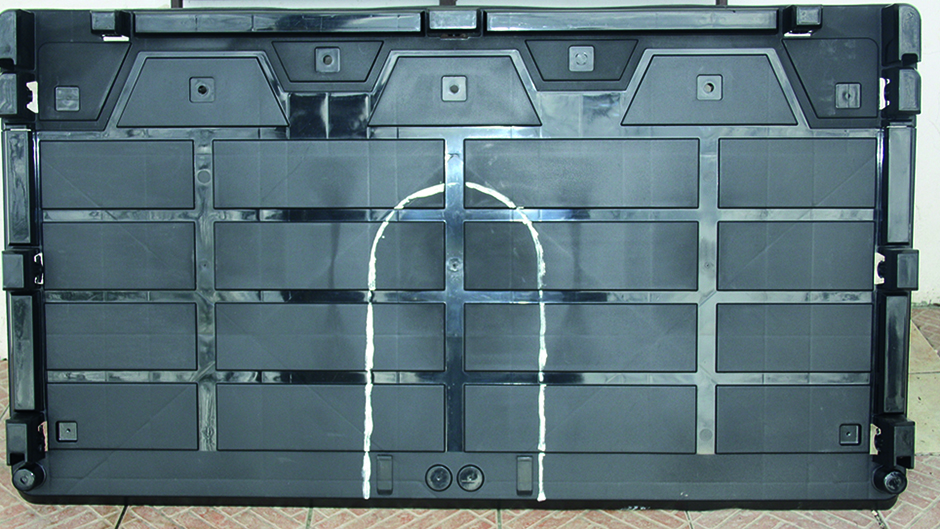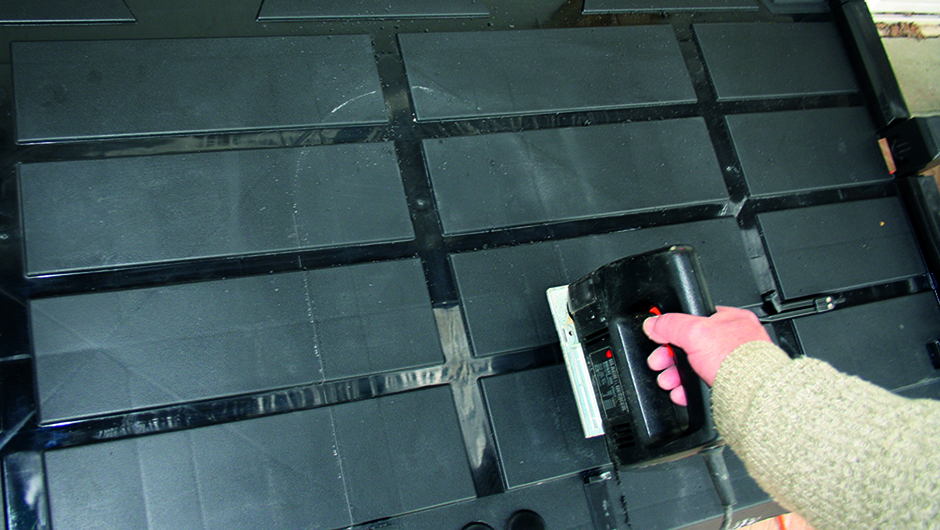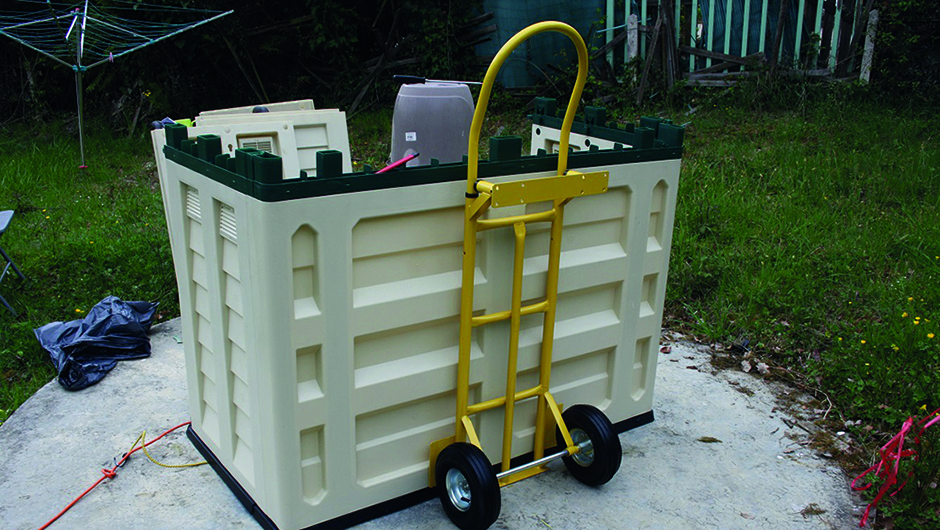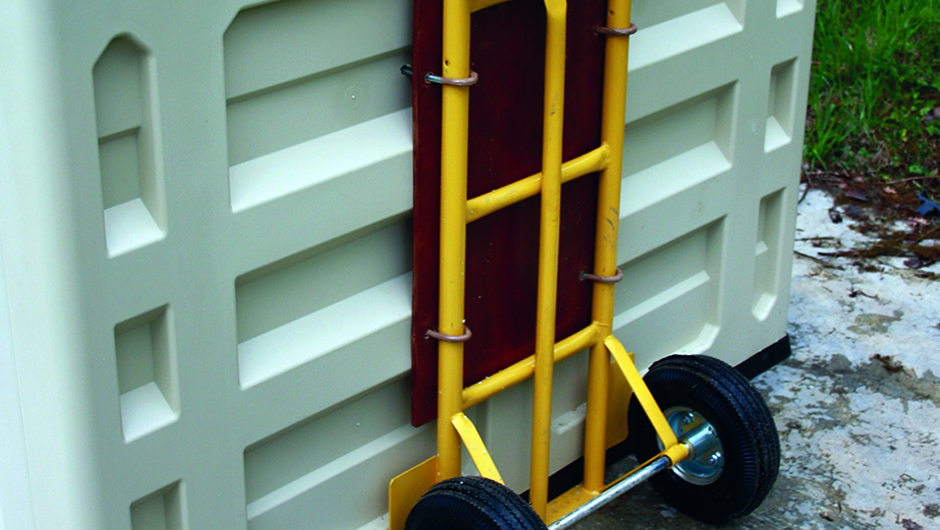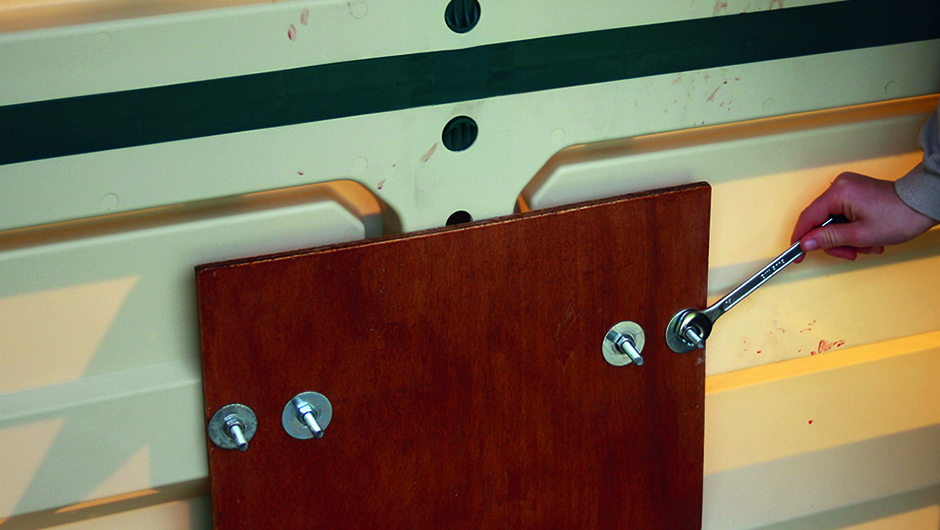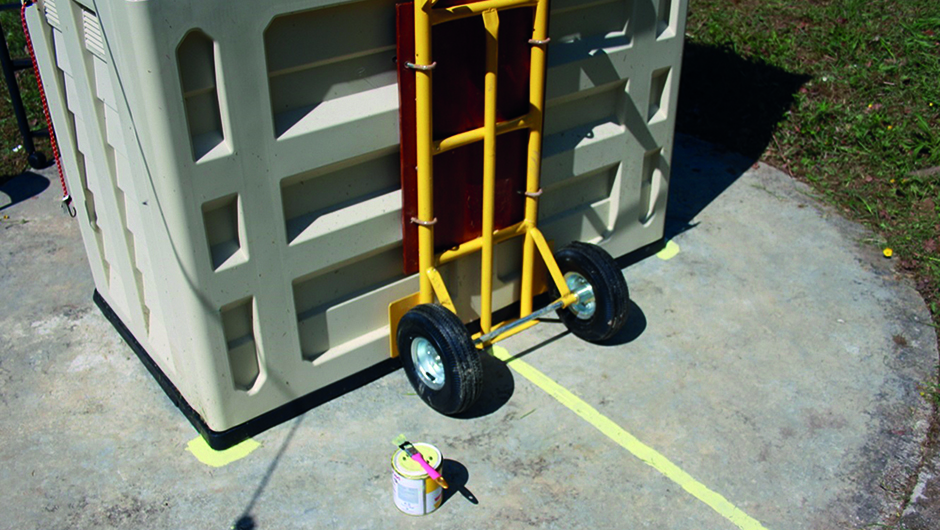Having a run-off shed enclosing your back garden telescope pillar is probably the next best thing to building a dome observatory, though it is very much cheaper.This entire design should cost you around £300.
It is also quick to set up, as rapid as opening and positioning the shutter of a dome.The shed is entirely weather proof and offers some degree of security for your kit, so you can leave your scope permanently attached to the pillar.
You don’t have to build the shed from scratch: this project is to modify a commercially bought plastic one.
The shed used here is 1.98m high, has a width of 1.51m and is 0.83m deep, though it could also have been made deeper by adding an optional middle segment.
The modification is straightforward – simply cut out a section of the shed floor so that it can enclose the pillar when the doors are shut.
We’re going to mount the shed on a sack barrow, bolted to the structure’s rear.
This allows you to lift the shed and wheel it away from the pillar when you want to use your telescope.
Materials - Plastic shed kit, sack barrow, two 80x40cm or larger pieces of 0.25-inch plywood, electric fan (optional) and solar power cell panel (optional)
Tools - An electric or manual fretsaw, geometry compass, yellow or white pencil, ruler, 40-grit sandpaper, paint brush
Sundries - Four U-bolts to fit the sack barrow with washers and nuts, varnish or external wood treatment, yellow or white paint
Take account of your kit
We’ve used a shed of this size to house a 300cm Schmidt-Cassegrain on a custom equatorial mount.
If your scope is larger, you probably should consider a deeper shed, or one that can be extended by adding optional middle panels.
If you have yet to install a pillar in your garden, you should think carefully about what height this is going to be.
You need to take into account that there will be a pillar, an adjustable mounting plate, a mount that is almost certainly going to be equatorial, then the telescope and possibly a dew shield.
The last of these can usually be taken off, of course, if space becomes an issue.
You may wonder why the shed is mounted on a sack barrow rather than wheels.
It’s true that wheels work perfectly well, but the gap at the bottom that is necessary to accommodate them could let moisture in.
Using a sack barrow means that the floor of the shed sits directly on the concrete apron supporting your pillar, forming a reasonable seal that prevents any water ingress.
This also makes the shed less likely to be blown about and damaged, as wind cannot get underneath it.
Cutting out a slot from the floor to fit round the pillar does weaken the floor’s structural integrity, but not having to attach wheels also means that there is no need to take steps to strengthen it.
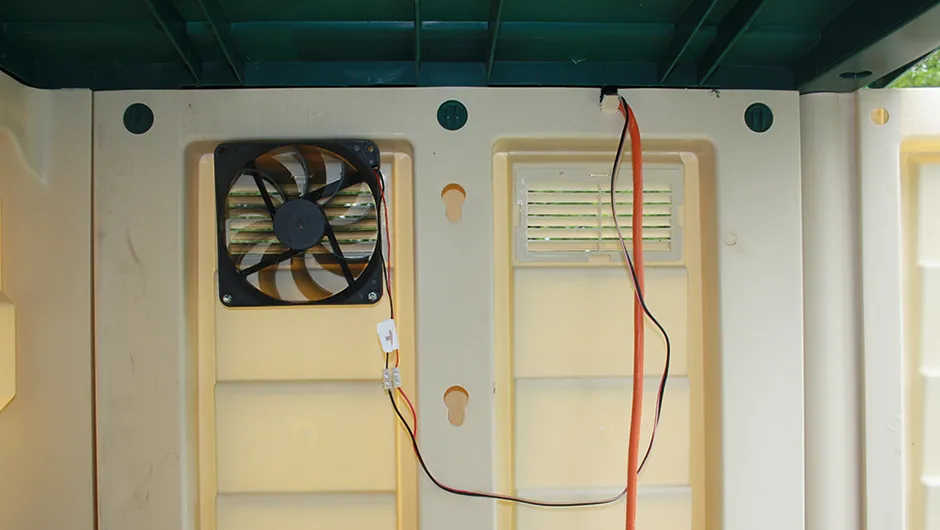
Practical considerations
When closed, the inside of the shed can become rather hot at the height of summer – at least that is the case with our shed in southern France.
Depending on your local conditions, you may want to fit a solar-powered fan to stop the build-up of hot air.
This is extremely effective, as the hotter the weather the faster the fan rotates.
This is left as an optional add-on.
The shed can be used to house other essential accessories and even a small table or shelf for a laptop.
We have hooked ours up to a mains supply, which is fed in through a small hole in the shed and is then connected to the mount’s power supply.
As the shed needs to move to reveal the telescope, it may be necessary to introduce some slack in the cable.
The right amount can be found and then the cable knotted on the part inside the shed so that it can be repeatedly run out to the length required.
One safety note: when you come to move the shed using the sack barrow, you need to place one hand on the top of the shed, one on the barrow handle and a foot on the axle to maintain proper balance.
